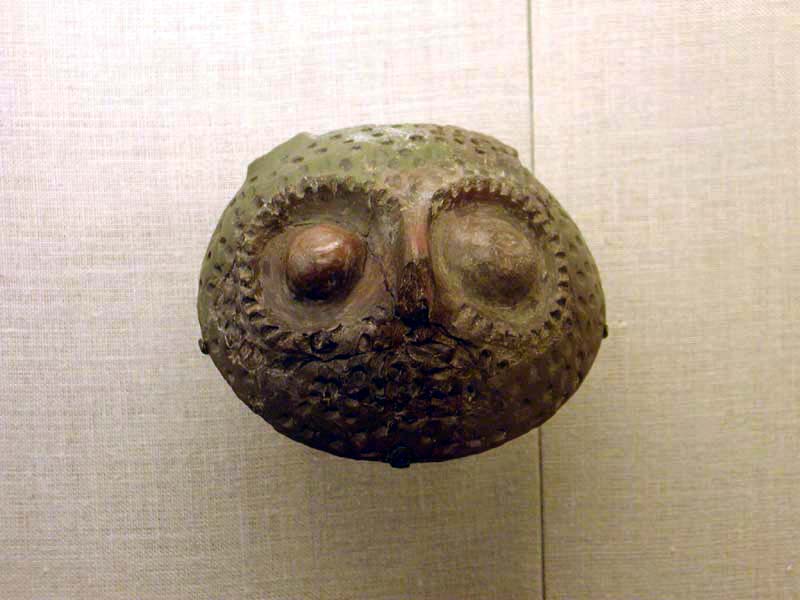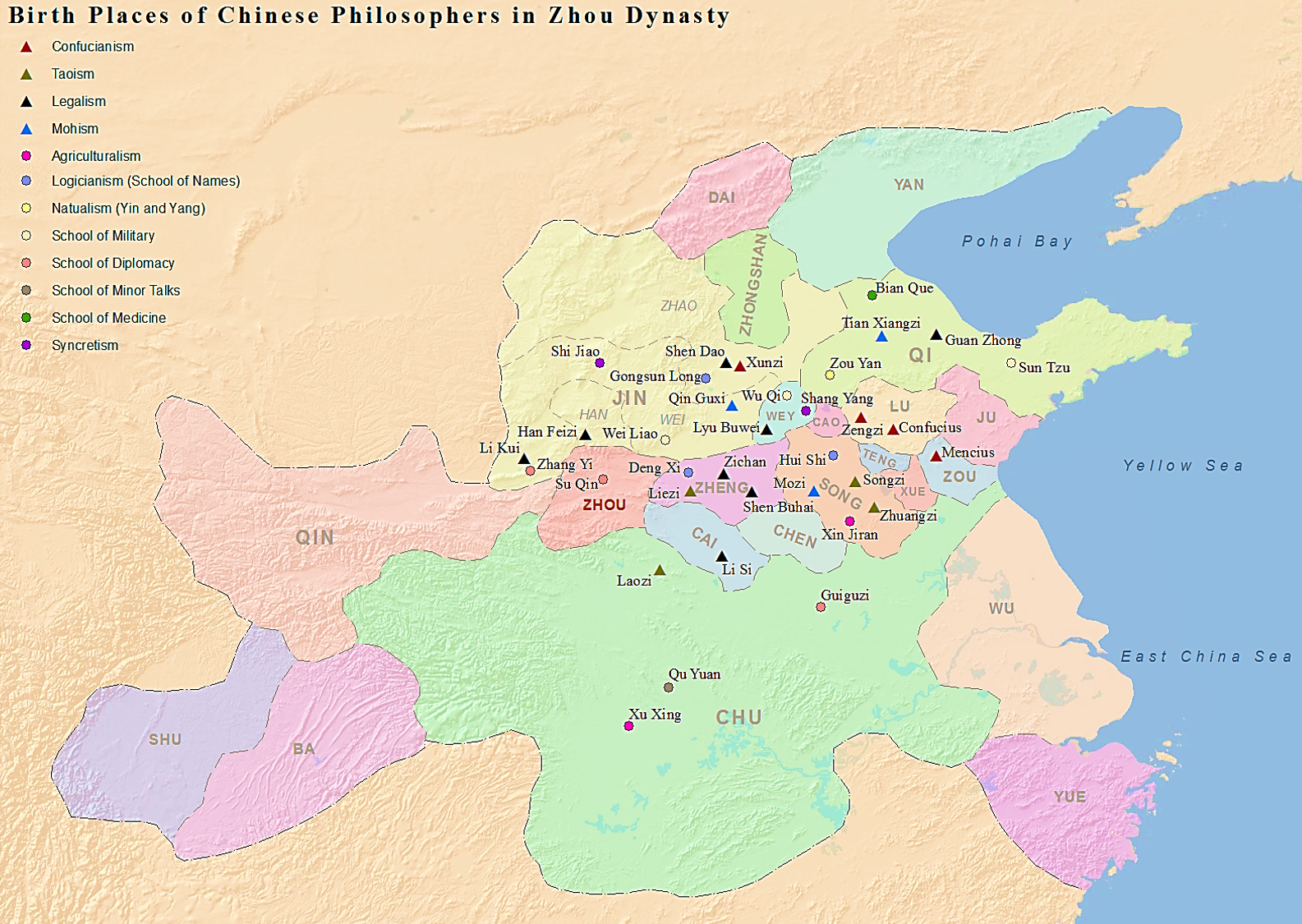|
Zhaobao Tai Chi
Zhaobao tai chi ( zh, c=趙堡太極拳, p=Zhàobǎo tàijíquán) is a style of tai chi that is often considered to be a modern style, but actually has a strong documented lineage that confirms its authenticity as an ancient style of tai chi and as a true transmission from Wang Zongyue. Form and Characteristics The main set of Zhaobao tai chi, or Zhaobao Jia, consists of 108 movements in the big frame and 75 refined movements in the small frame progressing in difficulty. Great emphasis is placed on ''Yi'' (mind/intent) in Zhaobao training. Like many other styles, Zhaobao Jia can be practiced at three heights, each providing a different degree of complexity. Generally students begin with the Middle Frame (Renpan Jia), progress to the Low Frame (Pangong Jia) and end with the High Frame (Daili Jia). Zhaobao tai chi's practical applications rely heavily on spiral uprooting techniques controlled through the use of ''Qinna'', often followed with the use of sweeps or trips to bring t ... [...More Info...] [...Related Items...] OR: [Wikipedia] [Google] [Baidu] |
Neijia
''Neijia'' ( 內家) is a term in Chinese martial arts, grouping those styles that practice ''neijing'', usually translated as internal martial arts, occupied with spiritual, mental or qi-related aspects, as opposed to an "external" approach focused on physiological aspects. The distinction dates to the 17th century, but its modern application is due to publications by Sun Lutang, dating to the period of 1915 to 1928. Neijing is developed by using '' neigong'', or "internal exercises", as opposed to "external exercises" (wàigōng 外 功). Wudangquan is a more specific grouping of internal martial arts named for their association with the Taoist monasteries of the Wudang Mountains, Hubei in Chinese popular legend. These styles were enumerated by Sun Lutang as Taijiquan, Xingyiquan and Baguazhang, but most also include Bajiquan and the legendary Wudang Sword. Some other Chinese arts, not in the Wudangquan group, such as Qigong, Liuhebafa, Bak Mei Pai, Zi Ran Men (Nature B ... [...More Info...] [...Related Items...] OR: [Wikipedia] [Google] [Baidu] |
Qinna
Qinna () is the set of joint lock techniques used in the Chinese martial arts to control or lock an opponent's joints or muscles/tendons so they cannot move, thus neutralizing the opponent's fighting ability. ''Qinna Shu'' ( meaning "technique") literally translates as ''lock catch technique''. Some schools simply use the word ''na'' ("hold") to describe the techniques. Qinna features both standing and ground-based grappling techniques. Some Chinese martial arts instructors focus more on their ''qinna'' techniques than others. This is one of the many reasons why the ''qinna'' of one school may differ from that of another. All martial arts contain ''qinna'' techniques in some degree. The southern Chinese martial arts have more developed ''qinna'' techniques than northern Chinese martial systems. The southern martial arts have much more prevalent reliance on hand techniques which causes the practitioner to be in closer range to their opponent. There are over 700 ''qinna'' traditiona ... [...More Info...] [...Related Items...] OR: [Wikipedia] [Google] [Baidu] |
Wayback Machine
The Wayback Machine is a digital archive of the World Wide Web founded by the Internet Archive, a nonprofit based in San Francisco, California. Created in 1996 and launched to the public in 2001, it allows the user to go "back in time" and see how websites looked in the past. Its founders, Brewster Kahle and Bruce Gilliat, developed the Wayback Machine to provide "universal access to all knowledge" by preserving archived copies of defunct web pages. Launched on May 10, 1996, the Wayback Machine had more than 38.2 million records at the end of 2009. , the Wayback Machine had saved more than 760 billion web pages. More than 350 million web pages are added daily. History The Wayback Machine began archiving cached web pages in 1996. One of the earliest known pages was saved on May 10, 1996, at 2:08p.m. Internet Archive founders Brewster Kahle and Bruce Gilliat launched the Wayback Machine in San Francisco, California, in October 2001, primarily to address the problem of web co ... [...More Info...] [...Related Items...] OR: [Wikipedia] [Google] [Baidu] |
Jiang Fa , in Shanxi, China
{{disambig ...
Jiang may refer to: * ''Jiang'' (rank), rank held by general officers in the military of China * Jiang (surname), several Chinese surnames **Jiang Zemin (1926–2022), as general secretary of the Chinese Communist Party *Jiang River, an ancient river of China *Jiang County Jiang County or Jiangxian () is a county in the south of Shanxi Shanxi (; ; formerly romanised as Shansi) is a landlocked province of the People's Republic of China and is part of the North China region. The capital and largest city of the pr ... [...More Info...] [...Related Items...] OR: [Wikipedia] [Google] [Baidu] |
Henan Province
Henan (; or ; ; alternatively Honan) is a landlocked province of China, in the central part of the country. Henan is often referred to as Zhongyuan or Zhongzhou (), which literally means "central plain" or "midland", although the name is also applied to the entirety of China proper. Henan is a birthplace of Han Chinese civilization, with over 3,200 years of recorded history and remained China's cultural, economic and political center until approximately 1,000 years ago. Henan Province is home to many heritage sites, including the ruins of Shang dynasty capital city Yin and the Shaolin Temple. Four of the Eight Great Ancient Capitals of China, Luoyang, Anyang, Kaifeng and Zhengzhou, are in Henan. The practice of tai chi also began here in Chen Jia Gou Village (Chen style), as did the later Yang and Wu styles. Although the name of the province () means "south of the ellowriver.", approximately a quarter of the province lies north of the Yellow River, also known as the H ... [...More Info...] [...Related Items...] OR: [Wikipedia] [Google] [Baidu] |
Wenxian County
Wen County or Wenxian () is a county under the administration of the prefecture-level city of Jiaozuo, in the northwest of Henan Province. Geography Wen County lies on the left or north bank of the Yellow River, opposite the county-level cities of Gongyi and Xingyang in the Zhengzhou municipality. On all other sides the county is bordered by constituent parts of Jiaozuo: upriver to its west lies Mengzhou City, inland to its northQinyang City and Bo'ai County, downriver to its east Wuzhi County. Climate Administration The county comprises 7 towns and 3 townships, overseeing 262 village committees and 5 neighbourhoods (). The county executive, legislature and judiciary are in Wenquan Wenquan () is a common name for places in the People's Republic of China: County *Wenquan County (温泉县), of the Bortala Mongol Autonomous Prefecture, Xinjiang Towns (温泉镇) * Wenquan, Anhui, in Yuexi County, Anhui, Yuexi County * Wenquan ... (), together with the CPC and PSB branches ... [...More Info...] [...Related Items...] OR: [Wikipedia] [Google] [Baidu] |
Chen-style Tai Chi
The Chen-style tai chi ( zh, s=陳氏太极拳, p=Chén shì tàijíquán) is a Northern Chinese martial art and the original form of tai chi. Chen-style is characterized by silk reeling, alternating fast and slow motions, and bursts of power (''fa jin''). Traditionally, tai chi is practiced as a martial art but has expanded into other domains of practice such as health or performances. Some argue that Chen-style tai chi has preserved and emphasized the martial efficacy to a greater extent. History Origin theories It is not clear how the Chen family actually came to practise their unique martial style and contradictory "histories" abound. What is known is that the other four tai chi styles (Yang, Sun, Wu and Wu (Hao)) trace their teachings back to Chen village in the early 1800s. The Chen family were originally from Hongtong County in Shanxi. In the 13th or 14th century, later documents claim that the head of the Chen family, Chen Bu (陳仆; 陈卜), migrated to Wen Co ... [...More Info...] [...Related Items...] OR: [Wikipedia] [Google] [Baidu] |
Daoist
Taoism (, ) or Daoism () refers to either a school of philosophical thought (道家; ''daojia'') or to a religion (道教; ''daojiao''), both of which share ideas and concepts of Chinese origin and emphasize living in harmony with the ''Tao'' (, 'Thoroughfare'); the ''Tao'' is generally defined as the source of everything and the ultimate principle underlying reality. The ''Tao Te Ching'', a book containing teachings attributed to Laozi (), together with the later writings of Zhuangzi, are both widely considered the keystone works of Taoism. Taoism teaches about the various disciplines for achieving perfection through self-cultivation. This can be done through the use of Taoist techniques and by becoming one with the unplanned rhythms of the all, called "the way" or "Tao". Taoist ethics vary depending on the particular school, but in general tend to emphasize ''wu wei'' (action without intention), naturalness, simplicity, spontaneity and the Three Treasures: , compassion, , ... [...More Info...] [...Related Items...] OR: [Wikipedia] [Google] [Baidu] |
Neigong
Neigong, also spelled ''nei kung'', ''neigung'', or ''nae gong'', refers to any of a set of Chinese breathing, meditation, somatics practices, and spiritual practice disciplines associated with Daoism and especially the Chinese martial arts. Neigong practice is normally associated with the so-called "soft style", "internal" or neijia Chinese martial arts, as opposed to the category known as waigong or "external skill" which is historically associated with shaolinquan or the so-called "hard style", "external" or wàijiā Chinese martial arts. Both have many different schools, disciplines and practices and historically there has been mutual influence between the two and distinguishing precisely between them differs from school to school. There is both martial and non-martial neigong. Well-known examples of martial neigong are the various breathing and focus trainings taught in some traditional Taijiquan, Baguazhang, Xingyiquan and Liuhebafa schools. An example of non-martial ne ... [...More Info...] [...Related Items...] OR: [Wikipedia] [Google] [Baidu] |
Tai Chi Classics
The T'ai chi Classics, or Taijiquan Classics (Chinese: ''Taijiquan Pu'' 太极拳谱 or ''Taijiquan Jing'' 太極拳經), is a collection of over 100 articles on the Chinese martial art of t'ai chi ch'uan written by the art's master practitioners over the centuries. They cover everything from the underlying Taiji philosophical principles, to methods of practice and application. Previously passed down in secret from generation to generation in whole or in parts through various lineages, they achieved classical status as they became public starting in the mid-1930s. Together they now serve as the single authoritative guide for the development and usage of Taijiquan skills. Written mostly in classical Chinese, they are used today mostly by the serious martial art practitioners of modern 6 Lineages that all trace their lineages to the ancient style taught by the Chen family and Yang family starting in the mid-19th century. While great antiquity is usually claimed for texts by ... [...More Info...] [...Related Items...] OR: [Wikipedia] [Google] [Baidu] |
Wang Zongyue
Wang Zongyue was a legendary figure in the history of t'ai chi ch'uan (taijiquan). In some writings, Wang was a famous student of the legendary Zhang Sanfeng, a 13th-century Taoist monk credited with devising neijia in general and t'ai chi ch'uan in particular. Wang is also said to have resided in Tai-Gu County, Shan Xi Province in the middle of the 15th Century, and to have learned an early form of t'ai chi in the Jing-Tai Taoist Temple at Bao-ji County. Two who are said to be Wang's disciples, Chen Zouting and Jiang Fa, went on to make important contributions to the development of modern t'ai chi ch'uan. Wang is reputed to have authored ''The T'ai Chi Treatise'', alleged by the Wu brothers to have been found in Beijing as part of the ''Salt Shop Manuals'' in the mid 19th century. This treatise records many t'ai chi proverbs; among them: "four ounces deflect one thousand pounds" and "a feather cannot be added; nor can a fly alight". The ''T'ai Chi Treatise'' is among a ... [...More Info...] [...Related Items...] OR: [Wikipedia] [Google] [Baidu] |

